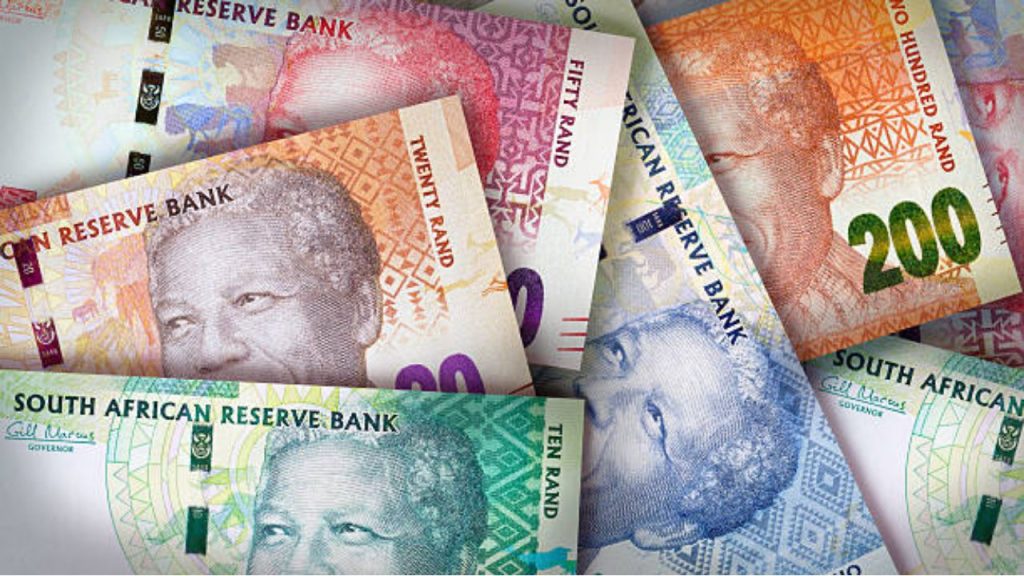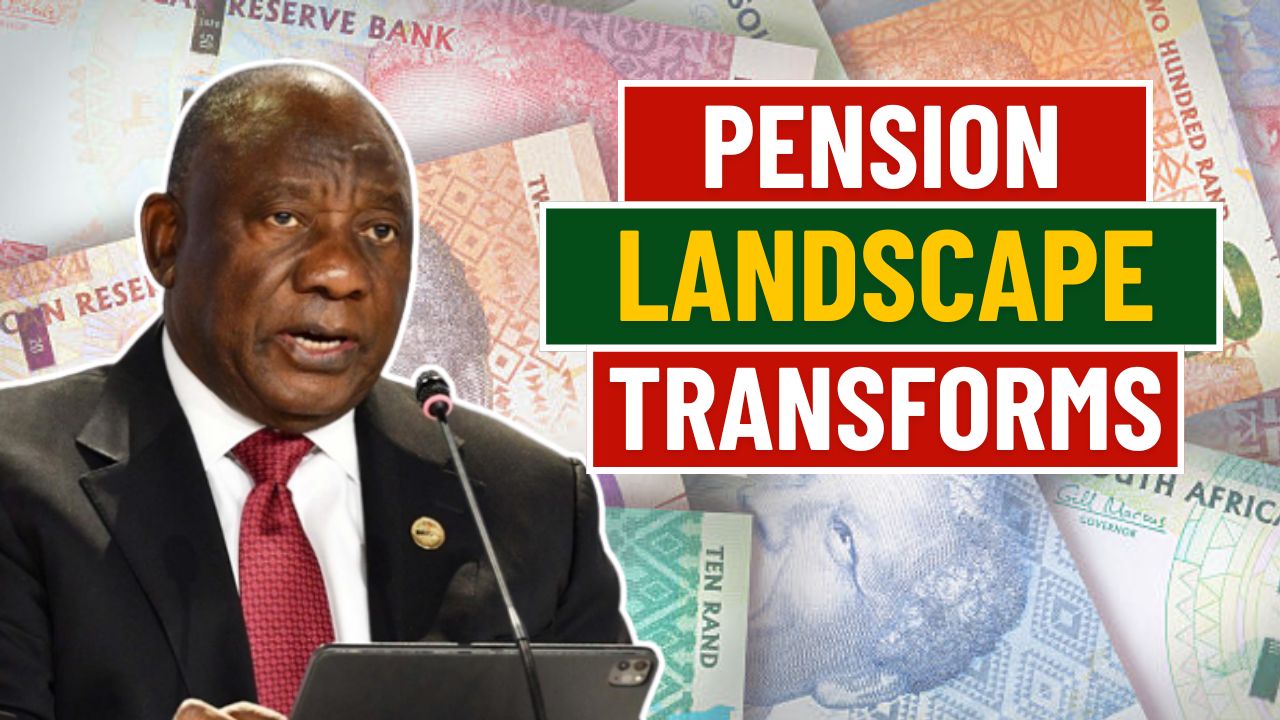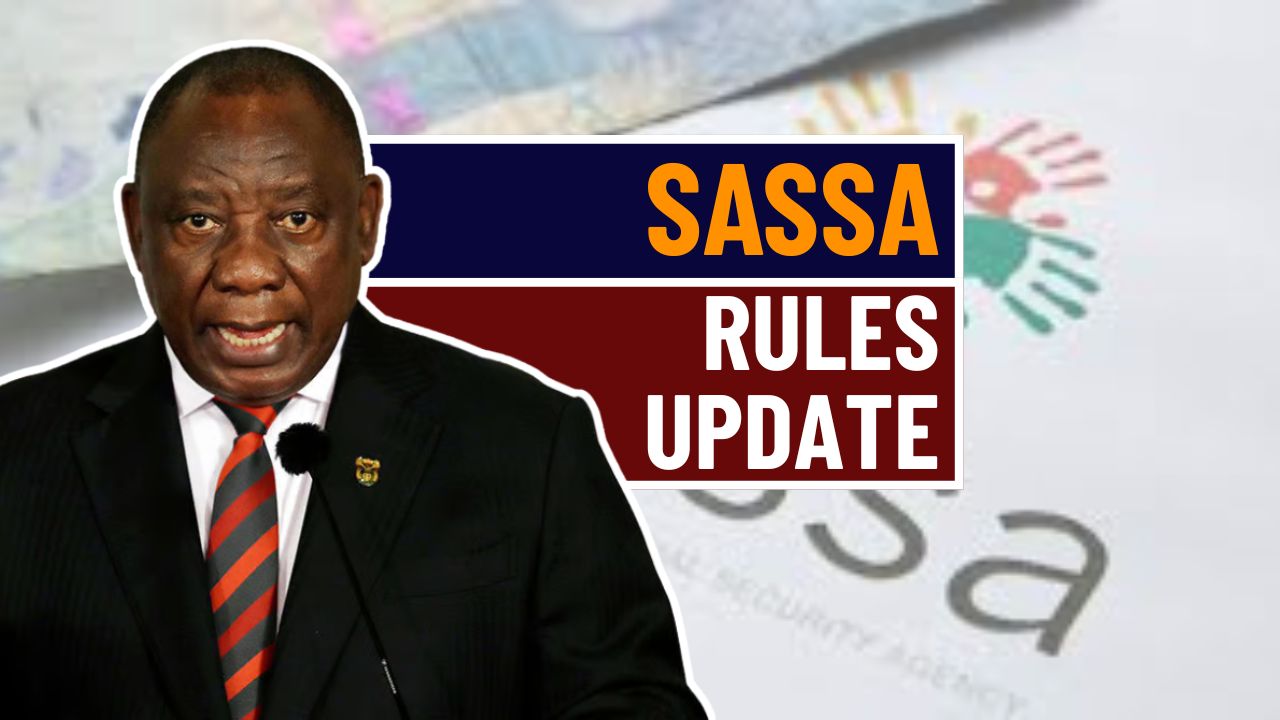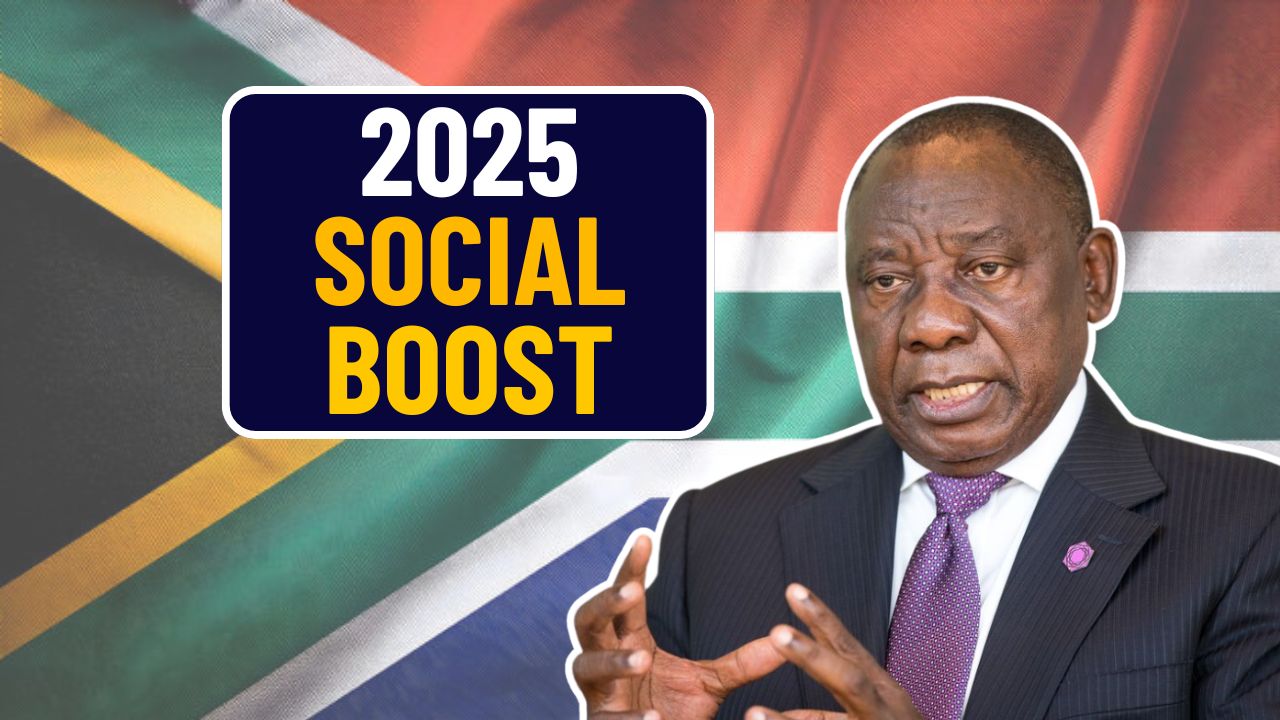For the fourth consecutive month, South African motorists are poised to benefit from declining fuel prices, with fresh reductions anticipated for June 2025. Based on mid-month projections provided by the Central Energy Fund (CEF), both petrol and diesel prices are expected to decline notably. This sustained decrease is largely attributed to favorable shifts in the currency exchange rate and falling global oil prices.
Table of Contents
Fuel Forecast Shows Notable Downward Trend
If market indicators hold steady for the remainder of the month, June is likely to bring yet another cut in fuel costs. Petrol prices, for both 93 and 95 octane, are forecasted to fall by 30 cents per litre. Diesel users could see even greater savings, with a predicted drop of 60 to 61 cents per litre depending on the grade. Illuminating paraffin is also expected to decrease by 63 cents per litre, adding further relief for households that depend on it for daily needs.
May Prices Set the Stage for Further Reductions
Current prices, recorded in mid-May 2025, reflect the reductions that were applied the previous month. Inland regions are paying R21.29 per litre for Petrol 93 and R21.40 for Petrol 95, while coastal consumers are seeing slightly lower rates at R20.60 per litre for Petrol 95. These figures will serve as a reference point for calculating the expected cuts in June.
Currency Gains and Oil Slumps Drive Change

The two most influential forces behind the anticipated June price decrease are a strengthening South African rand and weakening international oil prices. The local currency has appreciated against the US dollar, which plays a critical role in reducing fuel import costs. Simultaneously, global oil prices have continued on a downward trajectory, leading to a drop in the basic fuel price that the Department of Mineral Resources and Energy (DMRE) uses to calculate monthly fuel adjustments.
Departmental Oversight Ensures Monthly Monitoring
Each month, the DMRE evaluates international and local economic factors to determine fuel pricing for the following period. Their responsibility involves balancing domestic affordability with global market trends. Although the current projection is optimistic, the final announcement of fuel prices is typically made in the last few days of each month. Until then, all figures remain provisional and subject to market dynamics.
Economic Implications for Households and Industry
Lower fuel prices are a significant relief for both individual consumers and businesses that rely heavily on transportation and logistics. Reduced fuel costs can have a ripple effect on the economy, potentially lowering food prices, decreasing public transport fares, and improving disposable income for ordinary citizens. This comes at a time when households are already facing pressure from rising costs in other sectors.
Market Sensitivity Requires Cautious Optimism
Despite the promising outlook, analysts caution against overconfidence. The energy market is notoriously volatile, and global shifts such as geopolitical conflicts, production cuts, or fluctuations in oil demand can quickly reverse these trends. South Africans are encouraged to remain informed and follow official DMRE updates closely to avoid surprises and plan accordingly.
Closing Thoughts on June’s Expected Fuel Drop
If the projections for June 2025 hold true, the reduction in fuel prices will bring a sense of financial breathing room to many across South Africa. Whether commuting to work, running a business, or managing household budgets, this decline represents a welcome moment of ease. By understanding the contributing factors, motorists can better prepare for the possibility of future changes, positive or otherwise.




